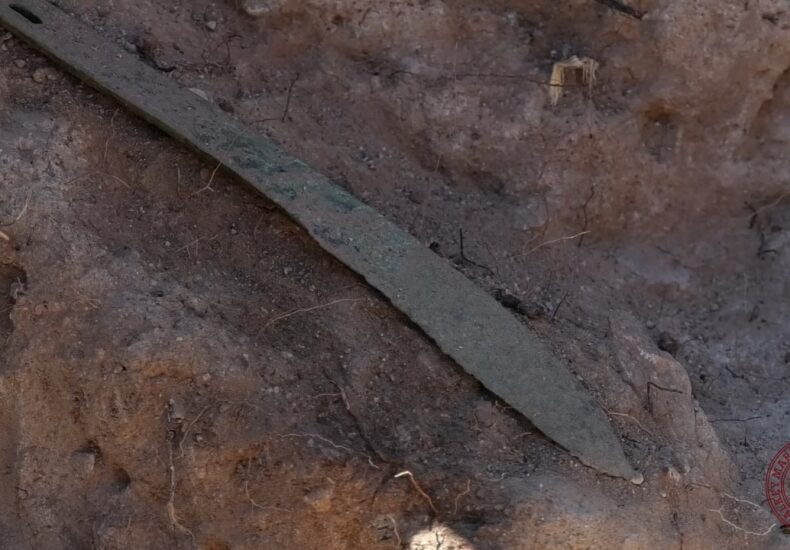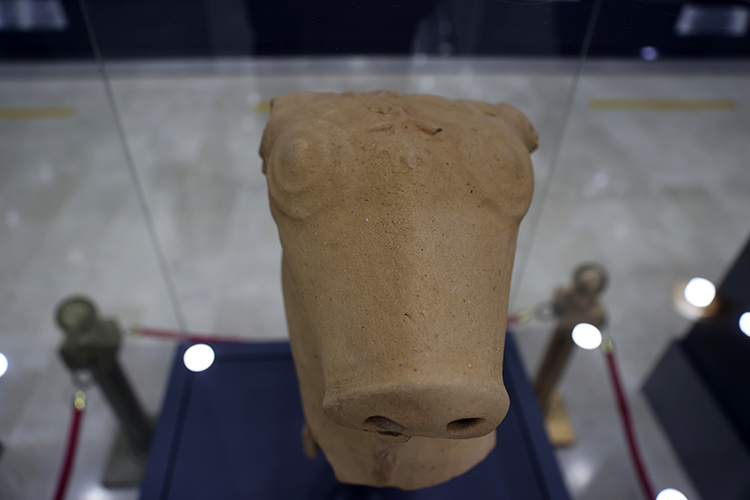
Excavator Operator Uncovers Ancient Treasure: Hittite Bull-Headed Jug Piece Now on Display in Sivas Museum
In a remarkable twist of fate, a routine sand excavation near Türkiye’s Kızılırmak River led to the discovery of an extraordinary artifact from the ancient Hittite civilization. A bull-headed piece of a massive ceremonial jug, dating back over 3,000 years, has been unearthed by an excavator operator in the Şarkışla district of Sivas Province—and is
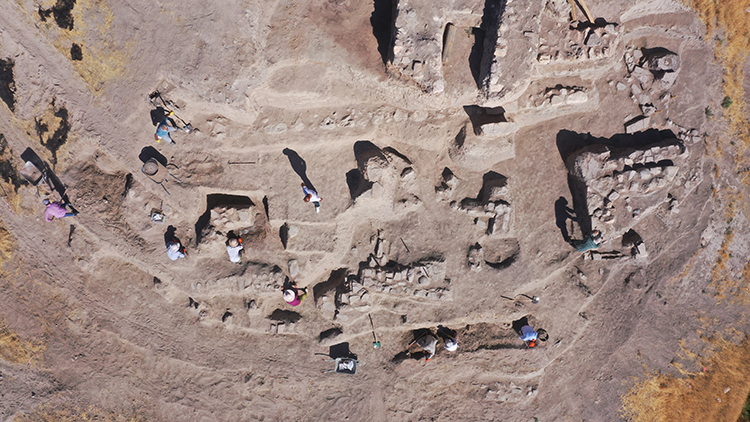
6,000-Year-Old Temple with Blood Channel and Altar Unearthed in Elazığ, Türkiye
A 6,000-year-old temple site has been discovered during archaeological excavations in the village of Tadım in Elazığ, eastern Türkiye. This significant find sheds new light on the region’s ancient past. The excavations, coordinated by Türkiye’s Ministry of Culture and Tourism and carried out by the Elazığ Provincial Directorate of Culture and Tourism together with the
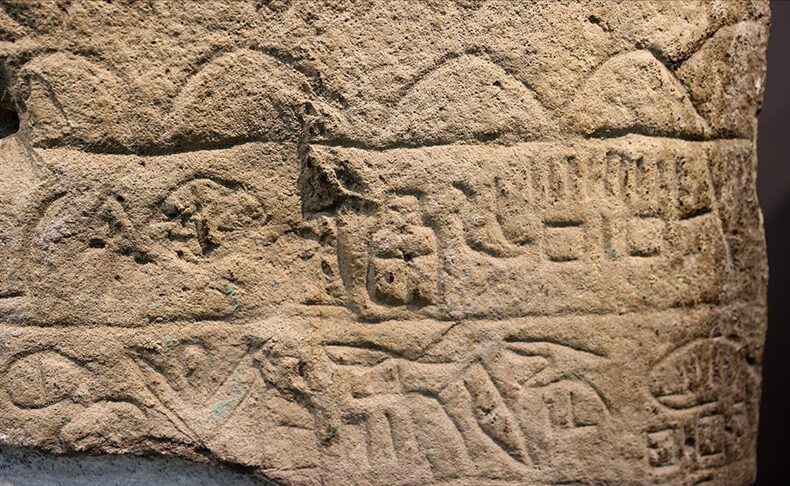
Four-Generation Monument from the Late Hittite Period with Luwian Hieroglyphs: The İspeçkır Stele
Discovered in 1907 in the Darende district of Malatya, Türkiye, the İspeçkır Stele is an extraordinary artifact from the Late Hittite Period (circa 1200–700 BCE). Today, it is on display at the Sivas Archaeology Museum, offering visitors a unique glimpse into the royal lineage and belief systems of the ancient Hittite world. The monument features
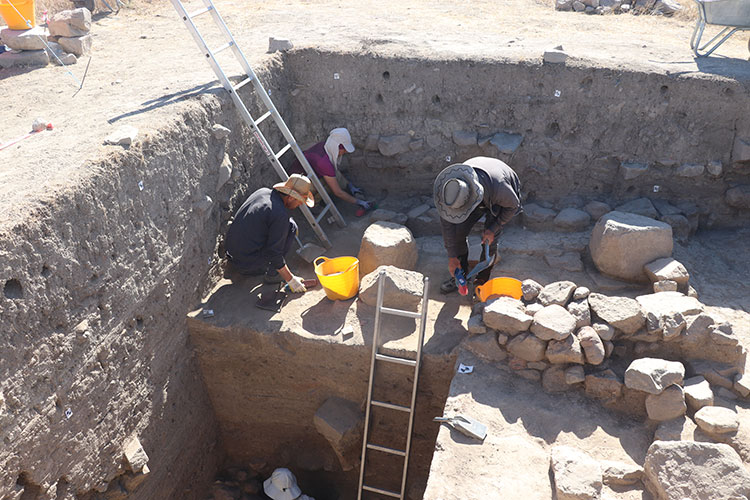
Archaeologists Trace Hittite Culinary Culture at Uşaklı Höyük Excavations
In the village of Büyük Taşlık, located in the Sorgun district of Yozgat, central Türkiye, archaeologists at the Uşaklı Höyük excavation site are uncovering vital clues about the ancient culinary traditions of the Hittites. From charred seeds to cooking utensils, these findings are shedding light on how this Bronze Age civilization cooked and ate—offering insights
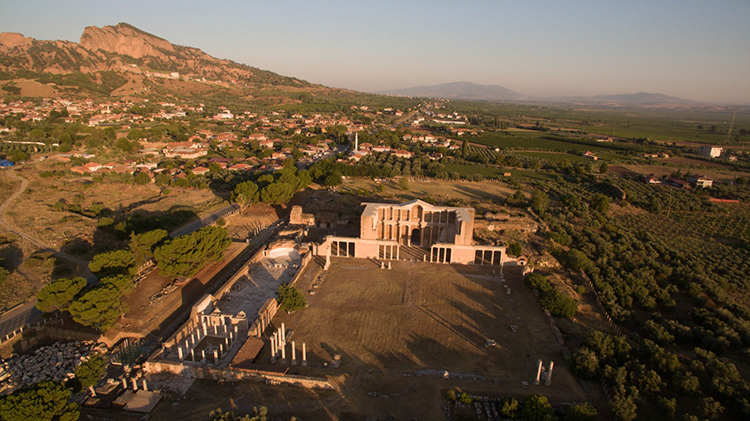
Sardis Ancient City and Lydian Tumuli in Türkiye Added to UNESCO World Heritage List
Lydian Capital Recognized as Global Cultural Heritage The Sardis Ancient City and the Bin Tepe (Thousand Mounds) Lydian Tumuli, located in Salihli, Manisa Province, Türkiye, have officially been inscribed on the UNESCO World Heritage List. This marks Türkiye’s 22nd cultural site recognized as part of humanity’s shared legacy. The Birthplace of Coinage Joins the UNESCO
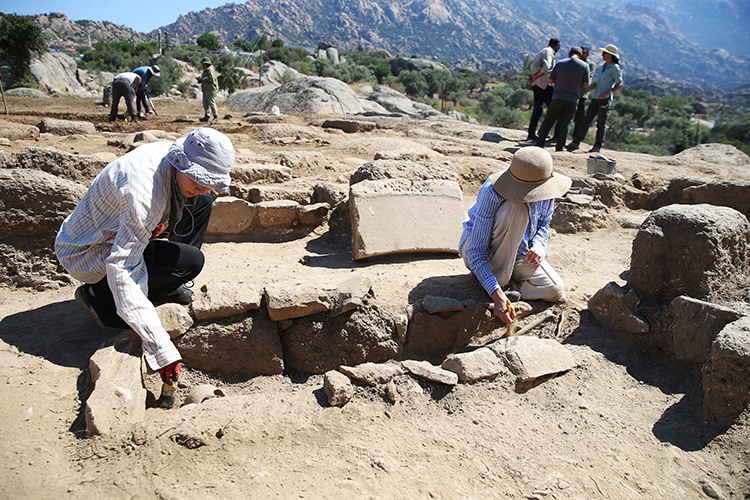
Byzantine-Era Child and Adult Burials Unearthed in Türkiye’s Ancient City of Herakleia
Archaeological excavations in the ancient city of Herakleia, located in the Milas district of Muğla, southwestern Türkiye, have revealed numerous burials dating back to the Byzantine period. The high number of child graves raises the possibility of a historical epidemic having struck the region. Excavation work continues to uncover remarkable findings at Herakleia, an ancient
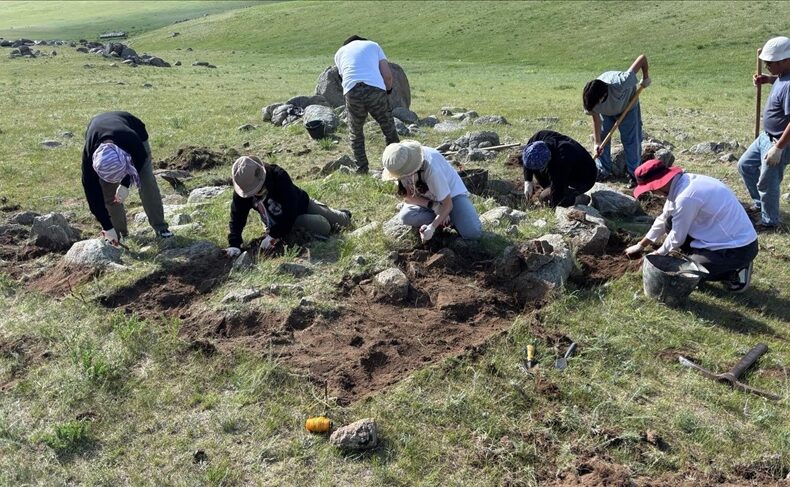
Ancient Nomadic Burial Mounds Unearthed in Mongolia Reveal Turkish-Mongol Cultural Legacy
Joint archaeological excavations led by Turkish and Mongolian scholars are shedding new light on the burial traditions of nomadic civilizations that once roamed the vast Eurasian steppes. As part of the “Culture of Horsemen” project, carried out in collaboration between Istanbul University and Mongolian State University, archaeological excavations have resumed in the Tuv Province of
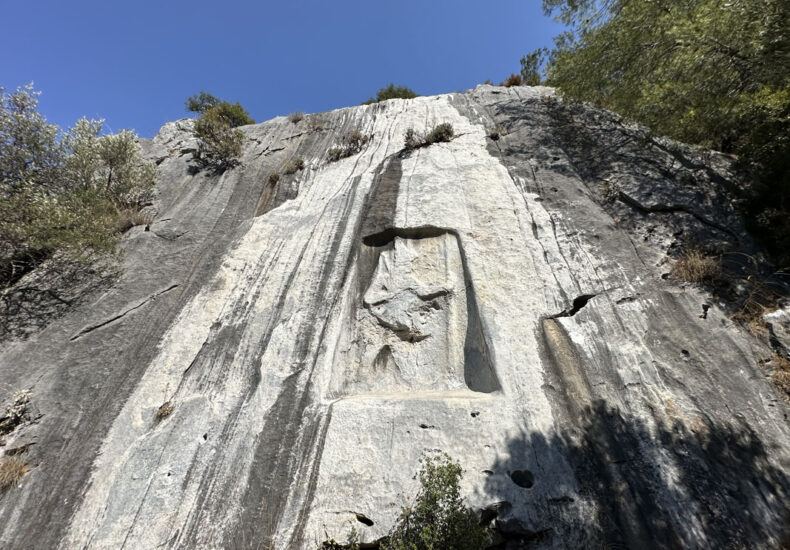
Forgotten Hittite Legacy in İzmir: Karabel Rock Monument Cries for Help
Hidden among the rugged hills of western Türkiye, the Karabel Rock Monument, a rare and invaluable Hittite relic, is slowly deteriorating due to neglect, vandalism, and lack of protection. Situated along the Kemalpaşa–Torbalı road in İzmir, this ancient site stands as one of the last surviving examples of Hittite rock art in Anatolia. A 3,000-Year-Old

Troy’s Hidden Battlefield: Could the Fabled War Be More Than Just Myth?
Excavations in northwestern Türkiye may finally bridge the gap between legend and reality, as archaeologists uncover new clues pointing to a real conflict behind the ancient tale of the Trojan War. For centuries, the story of the Trojan War has lived on in epic poetry, dramatic films, and school textbooks—a sweeping saga of love, betrayal,

